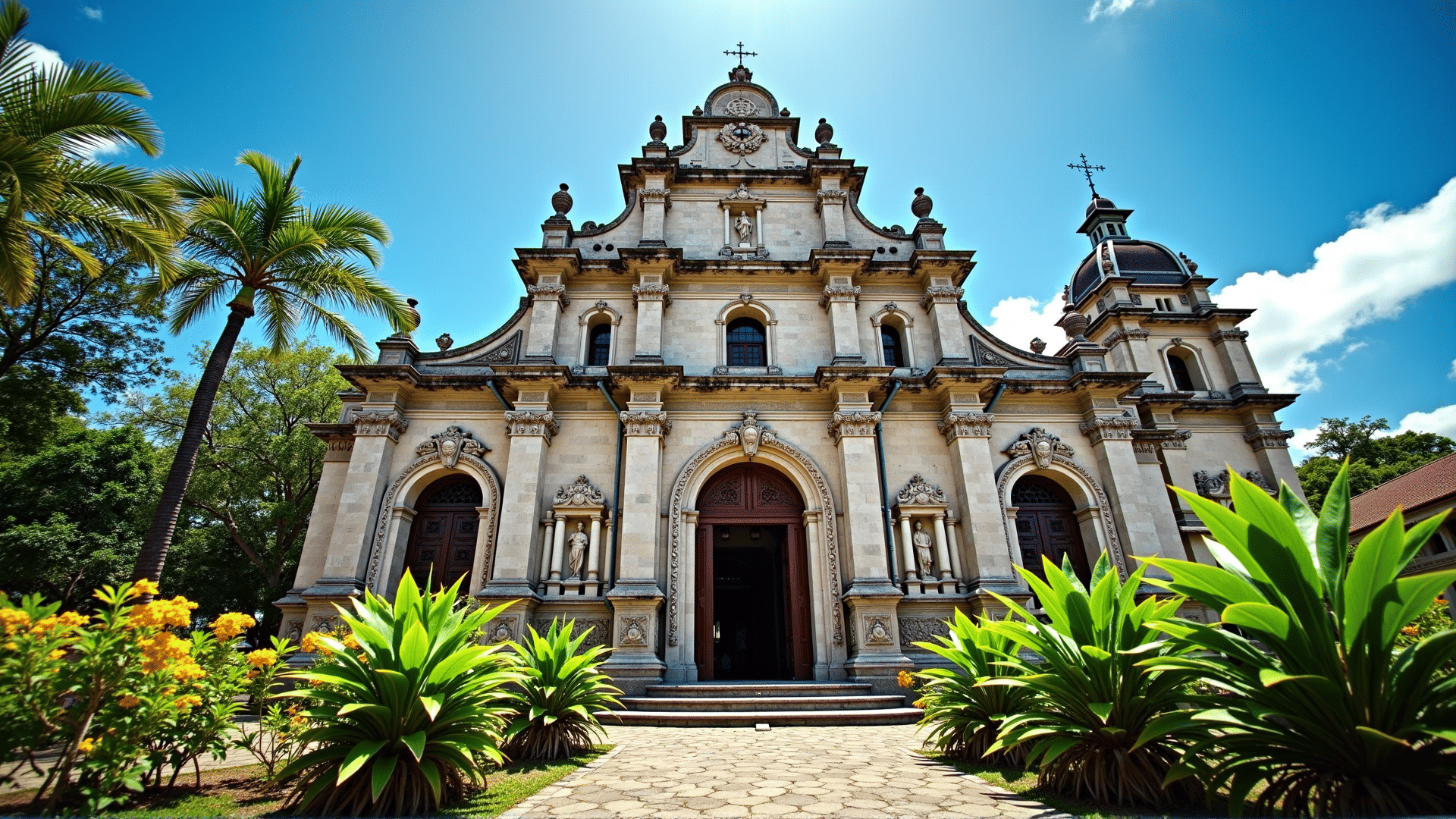Nestled in the heart of Southeast Asia, the Philippines is renowned not only for its stunning beaches and rich cultural tapestry but also for its remarkable ecclesiastical architecture. The archipelago is home to a plethora of centuries-old churches that stand as silent witnesses to its vibrant history.
The influence of the Spanish colonial era is indelible in the architectural landscape of the Philippines. Churches constructed during this period are masterpieces of baroque design fused with local artistry. Among them, the San Agustin Church in Manila is a paragon of such fusion. As the oldest stone church in the country, it boasts intricate carvings, grandiose altars, and an impressive trompe-l'œil ceiling that enthralls visitors and worshippers alike.
Another jewel is the Paoay Church in Ilocos Norte, known as the San Agustin Church of Paoay. Recognized as a UNESCO World Heritage Site, it exemplifies the "Earthquake Baroque" style—a unique adaptation by Spanish architects to the seismic activities prevalent in the region. Its colossal buttresses and coral stone foundation reflect both resilience and beauty.
Venture further south, and the Miagao Church in Iloilo stands as another testimony to Filipino ingenuity under Spanish rule. The façade is adorned with bas-relief depicting St. Christopher, along with a mélange of indigenous flora and fauna. The artistry found here embodies a blend of Baroque grandeur with local influences, creating an awe-inspiring visual narrative.
In Cagayan Valley lies the Tuguegarao Cathedral, or the Saint Peter Metropolitan Cathedral. Built with red bricks, its magnificent bell towers stretch towards the sky, commanding an imposing presence. Its construction utilized both European techniques and local materials, resulting in a structure that is not only architecturally impressive but also intrinsically tied to Filipino culture.
Each church serves as a living museum, encapsulating stories of the past. The edifices not only facilitated spiritual gatherings but also functioned as community centers and fortresses in times of unrest. Their preservation is crucial, not just for their religious significance but also for their cultural heritage, reflecting a time when two worlds—European and Filipino—met and merged.
Walking through these historic spaces, one cannot help but feel a deep sense of wonder and reverence. They continue to captivate the imagination of those who visit, standing as timeless reminders of the artistry and history encapsulated within Philippine shores.
